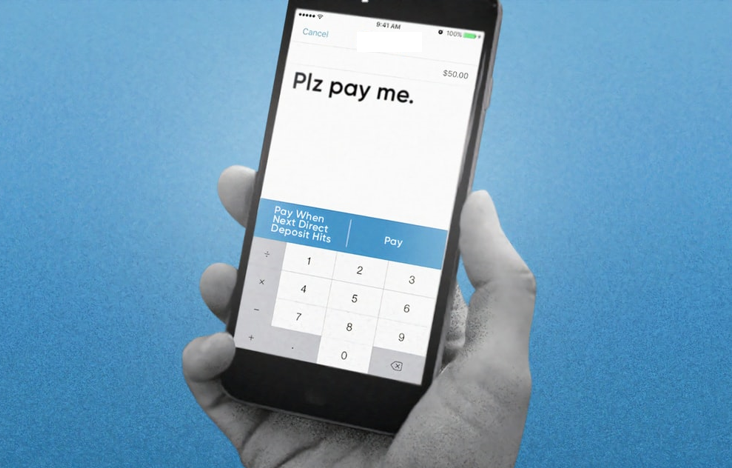The COVID-19 pandemic has shaken many businesses to their core, replacing traditional business structures and protocols with an entirely new paradigm. The ramifications of the pandemic have increased attention on cash management, and therefore, onto suppliers and B2B payments. CFOs, treasurers, and other finance leaders are rethinking not only how to manage and execute payments, but also how they can impact suppliers’ financial well-being. As we continue to navigate these disruptive days, it is clear that some of an enterprise’s best opportunities (and most critical priorities) will play to the strengths and expertise of the AP organization. What is clear is that maintaining operations and the liquidity to fund them has become the top priority for enterprises around the world. This means that AP, finance, and treasury leaders must work deliberately and aggressively to ensure that their B2B payment capabilities can support the enterprise’s overall cash management strategy.
The link between B2B payments and overall cash management has never been more appreciated. There is significant untapped value in the financial supply chain, particularly the supplier payment operation, which is available only to the enterprises savvy enough to take advantage of the tools and capabilities that can unearth it. Organizations that do not closely examine their payment processes run the risk of not only wasting their staffs’ time and money, but also falling behind the competition. With the recent ascension of advanced technologies in the business-to-business (B2B) payment landscape, however, the unwillingness from both buyers and suppliers that has allowed paper checks to retain a significant portion of B2B vendor payments may slowly be starting to fade.
The automation of B2B payments was overlooked by many for years; however, over the last couple of years (and more recently during today’s challenging business environment) increased attention has been paid to both automating this critical process and gaining better control over the cash distribution. With ePayments, organizations have access to a powerful tool to support the development and execution of a strategic supplier payment strategy that can shift payment decisions (pay early, pay on time, pay late, take earned discounts, generate rebates, etc.) based on the immediate needs of the enterprise.
Today, businesses are increasingly focused on “the last mile” of the P2P process – B2B payments with 77% of respondents to Ardent Partners State of ePayables research report stating they currently have the ability to make ePayments. Businesses are finally realizing the benefits of adopting and expanding their use of digital means in paying suppliers. Organizations are expanding beyond their long-held comfort zones of writing paper checks and are now exploring electronic payment (“ePayment”) methods that are available to them today.
However, when it comes to selecting the “right” electronic B2B payment solution, businesses have many options and factors to consider. Unfortunately, this is not a case of “select one and be done.” They need to develop an electronic payment strategy that encompasses not only their needs and wants, but also the needs and wants of their suppliers. Factors such as supplier size, location (domestic vs international), payment timing, payment amount, cash requirements, working capital objectives, rebate targets, and more, will require businesses to utilize multiple payment methods. Suffice to say, this is not an area where one (technology) size fits all.
Perceptions have slowly started to shift as B2B payment technologies become more robust, and solutions that lower the barriers to accepting payment electronically and mitigate security risk concerns are developed and introduced. Much more information on the world of B2B payments including information on market leading companies can be found in Ardent Partners’ just released 2020 B2B Payments Technology Landscape report.



